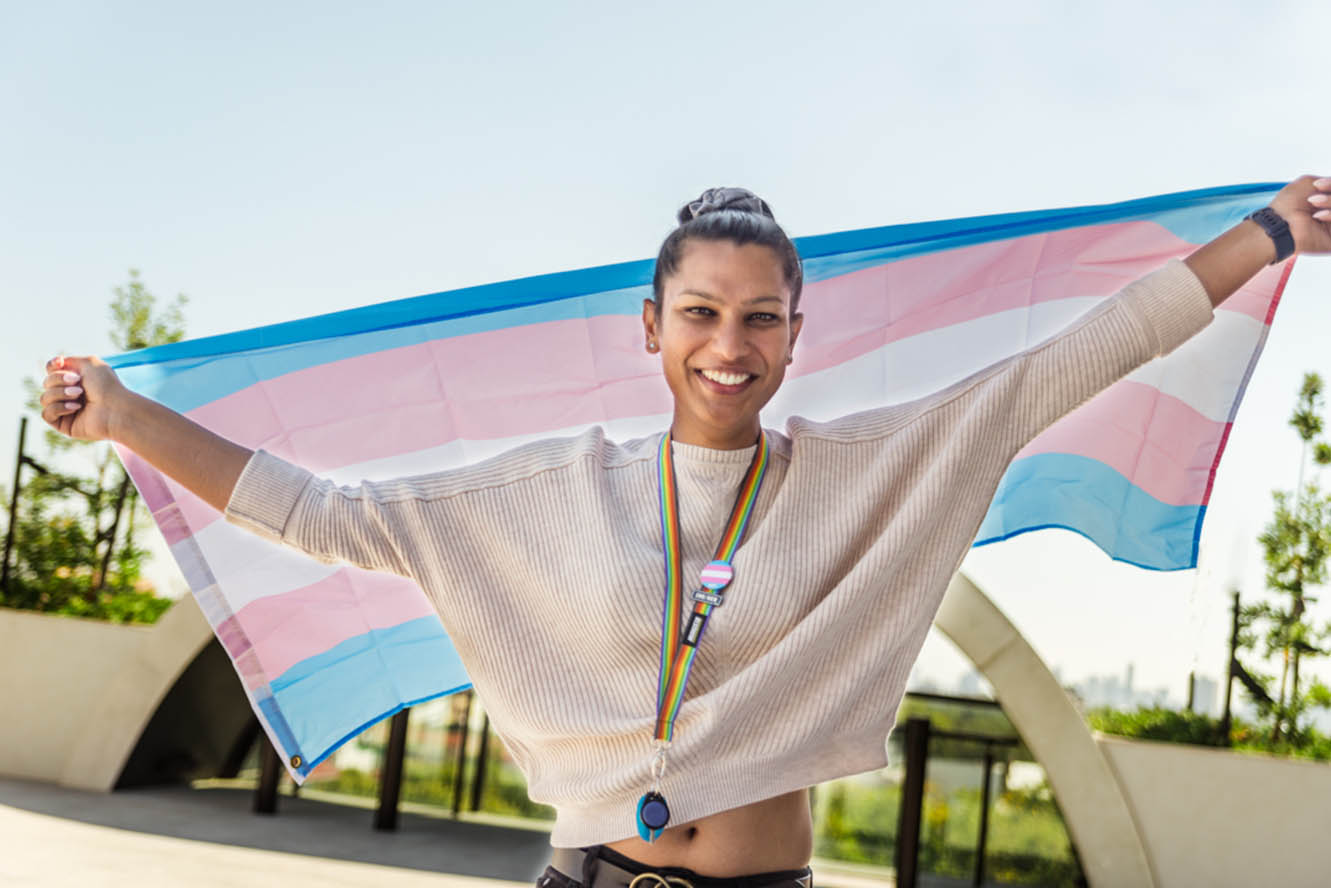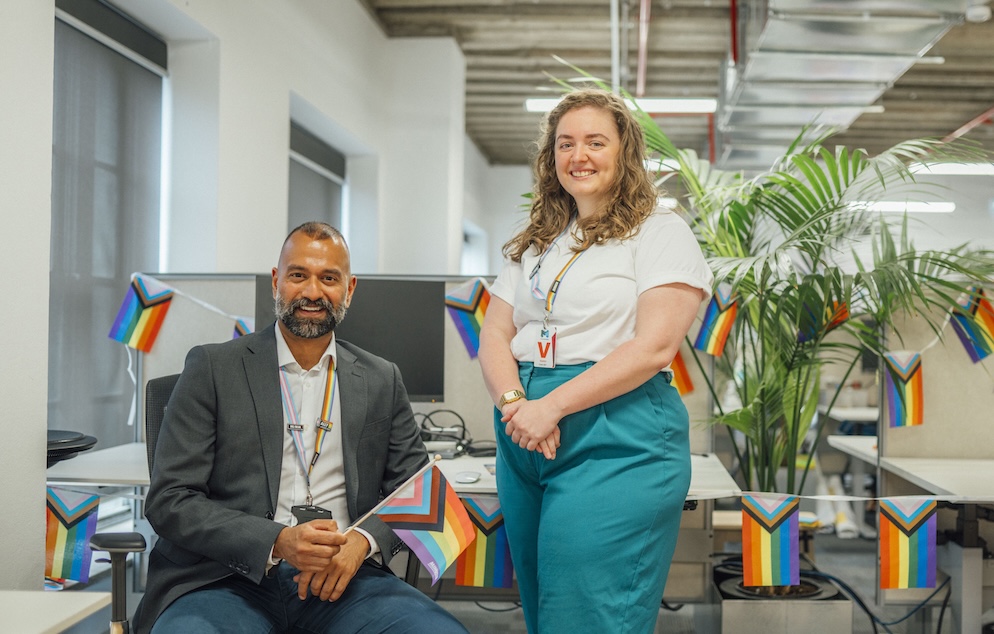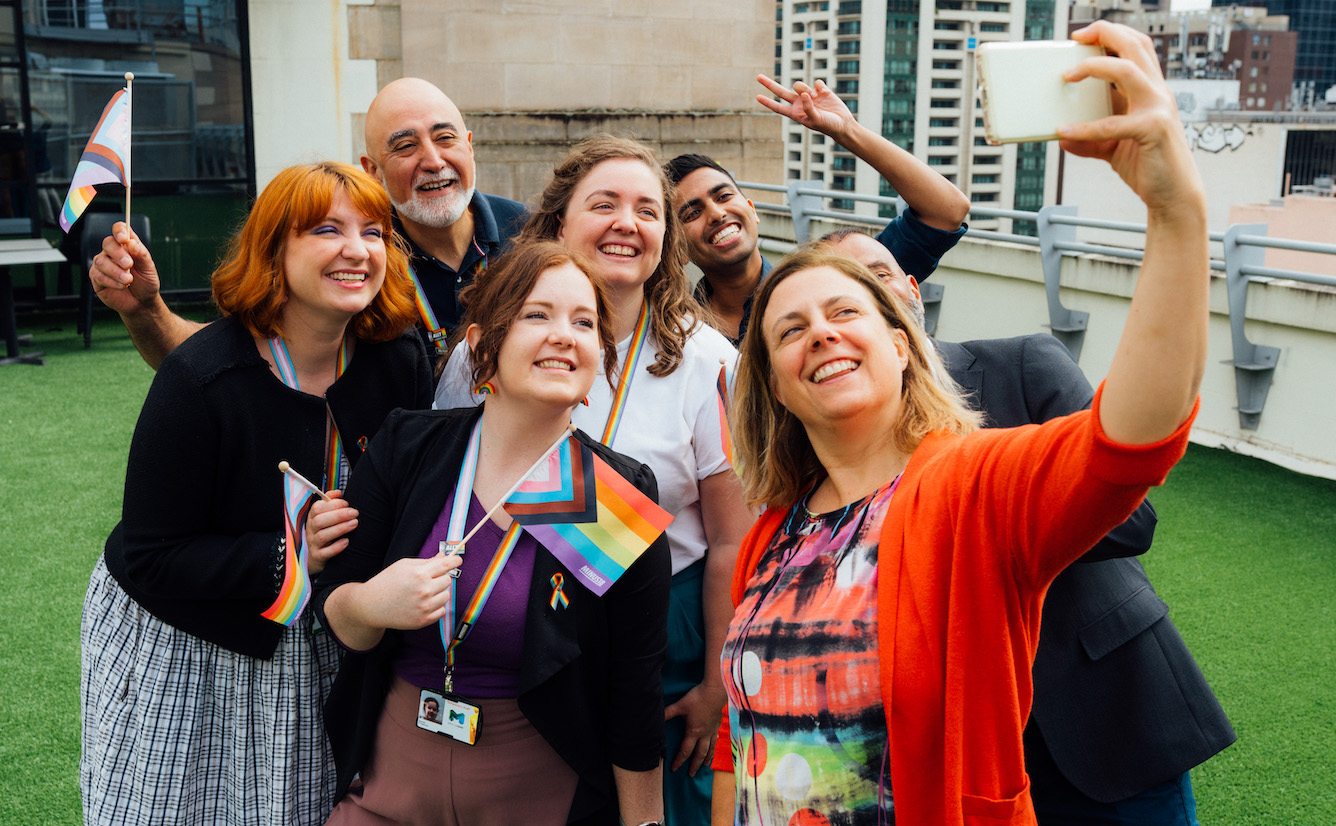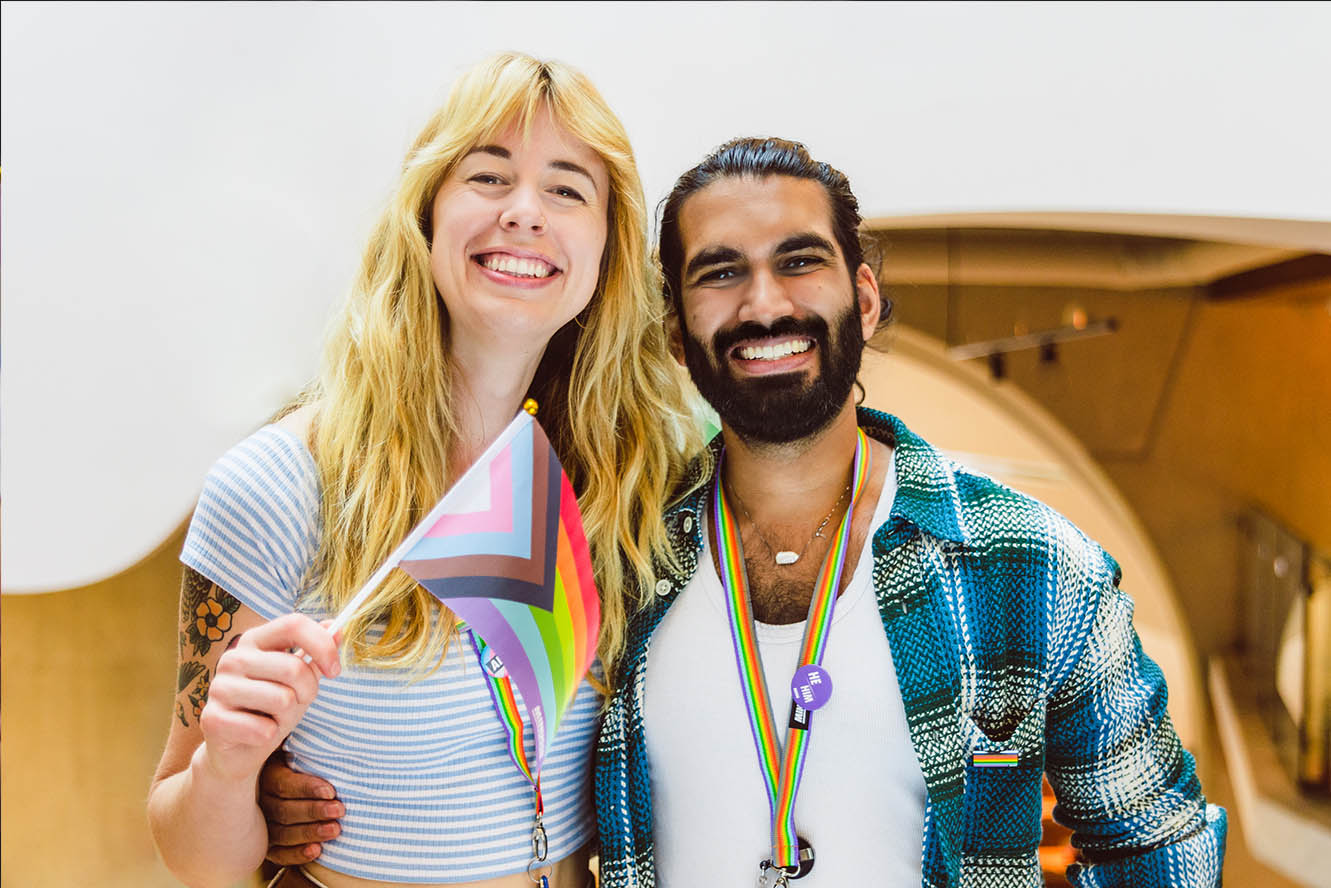
Trans and Gender Diverse Identities
October 25, 2022
Trans and Gender Diverse Identities
Trans and gender diverse are terms used to describe people whose gender differs from the one assigned to them at birth. There are lots of different experiences of gender within this - some of the most common ones include:
Trans Man - Someone who is a man, and was assigned female at birth.
Trans Woman - Someone who is a woman, and was assigned male at birth.
Non-Binary - refers to someone who does not identify as exclusively a man or a woman. Someone who is non-binary might feel like a mix of genders, or like they have no gender at all.
Sistergirl and Brotherboy - terms used by Aboriginal and Torres Strait Islander people to describe gender diverse people that have a female or male spirit and take on respective roles within the community.
Genderfluid - describes someone whose experience of gender changes and is fluid. For example, someone who is genderfluid may feel more like a man or a woman on certain days, while feeling like neither a man or a woman on others.
Trans and gender diverse experiences aren’t new, and have been documented throughout history.
Inclusive Language
Language is different for everyone, and you should listen to the language someone uses to describe themself and use this to refer to them with their permission.
Trans, transgender and gender diverse are adjectives, not nouns.
✔️ Peta is transgender.
❌ Peta is a transgender.
✔️ Peta is a trans man.
Terms like crossdresser or transvestite are not typically words used to describe a person’s gender, and should only be used if someone has specifically invited you to use those words when describing them.
Affirming Gender
Some trans and gender diverse people affirm our gender in social ways, including changing names, pronouns, or wearing new clothes. Some of us will affirm our gender by updating our legal identity, such as birth certificates or passports.
Some trans people will affirm our gender medically, such as through hormones or having surgeries.
Everyone’s experience is different, and there are lots of reasons why someone might not affirm their gender publically, whether for safety reasons - or just simply not wanting to. All of these experiences of being trans and gender diverse are valid, no matter how anyone does or doesn’t affirm their gender visibly.
Gender Euphoria
Gender Euphoria is the overwhelming feeling of comfort or joy from thinking about or expressing one's true gender identity. This can be both internal (like exploring or expressing gender) or external (like being referred to by the correct name or pronouns).
Trans and Gender Diverse Discrimination
Trans and Gender Diverse Australians experience disproportionate rates of discrimination and abuse, significantly higher than the general population, and even lesbian, gay and bisexual people.
77% of trans and gender diverse people in Australia report that they had been treated unfairly to some degree because of their gender identity in the past 12 months (1). Common forms of discrimination that trans and gender diverse people face include:
Enforcing Stereotypes and Common Misconceptions
- Expecting someone who is trans or gender diverse to look a certain way. For example, expecting someone who is non-binary to appear androgynous.
- Expecting someone who is trans or gender diverse to affirm their gender in a social or medical way in order to be “truly trans”. For example, falsely claiming that people who have not undertaken gender affirmation surgeries are not truly transgender.
Exclusion and Erasure
- Attempting to invalidate trans and gender diverse identities by comparing them to inanimate objects. For example, phrases such as “I identify as a helicopter”.
- Erasure through phrases such as “ladies and gentlemen”
Violence and harassment
- Being yelled at or physically harassed in public.
- Inappropriately or unnecessarily questioning a person’s gender identity through phrases like “are you a boy or a girl?”.
- Deliberate misgendering through the refusal to try to refer to someone by their correct name, pronouns or gendered language.
- Indirect misgendering through using collective gendered terms. For example, greeting a group of women and non-binary people with “hello ladies”
Direct Discrimination and Access to Services
- Not having access to or being refused access to bathrooms.
- Being refused access to a gendered service due to being transgender. For example, a barber refusing to cut the hair of a trans man with short hair because they have incorrectly assumed to be a woman.
- Being denied employment or a promotion due to being transgender.
Being an Ally to Trans People
There are simple, every day ways you can turn your knowledge of trans identities into meaninful allyship. Keep reading to find out how.
Related Articles

LGBTQIA+ employees are less likely to be ‘out’ at work in 2025 than they were in 2022. Urgent action is needed, and every workplace can make a difference.

LGBTQIA+ days of significance – like IDAHOBIT – are days for both community and allies. Here's a list of current days, celebrating LGBTQIA+ identities and history.

Lesbian and gay people are usually attracted to others of the same gender – but the word has evolved to include different experiences too.

Learn about bisexual identity and the discrimination bisexual people can experience.